"Himalayan Pink Salt is harvested from ancient sea salt deposits in the Himalayan mountain range, crystallized more than 200 million years ago during the Jurassic Era. Ancient sea beds were covered by volcanic lava, protecting the salt from pollution and lending to the belief that Himalayan Pink is the purest salt to be found on earth." - SaltWorks, America’s Sea Salt Company
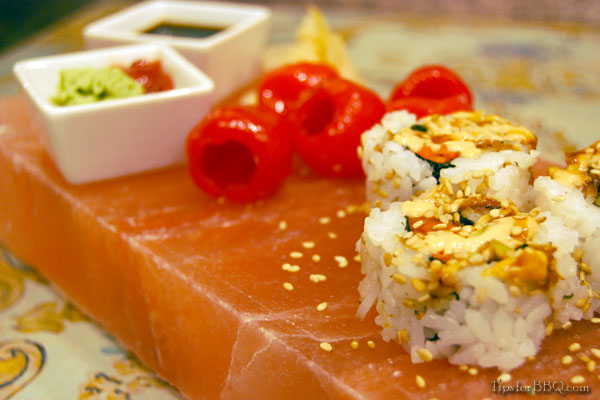
I’ve been doing a lot of plank grilling lately and have really loved it. It’s a great way use your grill to add that wood-smoked BBQ flavor to nearly any type of food.
Himalayan Pink Salt can be used in a similar vein to add great flavor to grilled foods. They come in a few different thicknesses called "salt bricks", "salt plates" and "salt blocks". Salt blocks are very versatile to cook with and can be used to serve either hot or cold foods.
Himalayan Pink salt slabs are harvested from deep within the ancient Himalayan mountain range of Pakistan. This has help keep the salt protected from pollution and impurities making what many consider the purest, cleanest salt in the world. This is what makes these gourmet salt blocks desirable for many culinary uses.
Salt blocks have a very artful presentation and are normally compared to cast iron cookware. They are easy to clean and when you cook on them they will impart a little of their natural flavor. Salt blocks can be chilled in the fridge and used to serve cold foods such as sushi, desserts, sorbet, cheese or fruits. In fact, some steakhouses have been known to line their beef aging lockers with salt blocks. On the other hand, when heated, salt plates can be used to for quick-cooking foods directly on the table or even used atop the grill like a cedar plank. Grilling, of course, is one of my favorite uses.
As you grill on your salt blocks they will begin to take on a different petina. This is normal. Just treat your blocks with care and they will last a few years. Primarily you should focus on slowly warming up your salt block so it doesn't crack. I would also suggest taking the time to cook fruits or vegetables after cooking meats (apples, onions, etc). This will act to deglaze your salt block and make cleanup a cinch.
Tips for Cooking on Salt Blocks
- It needs to be completely dry prior to applying any heat (at least 24 hours)
- Salt blocks have a threshold for very high temperatures, but avoid drastic changes. Gradually warm up the salt block at a low temperature and then increase it to the desired heat. This will help avoid cracking.
- It can be used to serve and keep cold foods by chilling in the fridge for about an hour.
- Don’t use water-based liquids or butters for cooking. The water will pull too much of the salt flavor and may overpower your food. Use olive oil or cover with herbs like rosemary to keep meats from sticking.
- Consider reserving a salt block for a serving plate. The appearance will change over time with cooking and the surface will acquire various, interesting new colors and shades similar to how cast iron becomes seasoned with use.
How to Clean and Care for Salt Cookware
- Scrub with a mildly abrasive brush and then wipe with a moist cloth
- Don’t run the salt plate under water or submerge in water at all
- Himalayan salt doesn’t need any cleansers to clean – it’s naturally antimicrobial
- Salt blocks, if properly taken care of, will last for years. As they lend their flavor over the many, many uses they will start to wear down. When the salt gets too small for cooking/serving it can be grated over food, using in cooking or even thrown in your tub for a nice, spa-like salt bath.
- See SaltWorks.us for more tips on Himalayan Salt Slab Care & Uses
Where to Buy Salt Blocks
There are many different shapes and thicknesses of salt blocks. Search for gourmet salt blocks from reputable suppliers such as Sur La Table, Black Tai Salt Co. or other online sellers like SaltWorks.us. These are currently offering free shipping. Here are a few of the shapes and sizes available. For cooking large fish filets or pork chops I would recommend a large rectangle like 8x12 or 8x16.
Recipes for Cooking on Salt Blocks
You can cook nearly anything you can think of on a salt block. The videos on the right show how to cook pork chops with fresh herbs. Another favorite is seafood. Here is a quick an easy recipe for shrimp. For other ideas on cooking with salt and salt cookware I’d recommend checking out Salted: A Manifesto on the World's Most Essential Mineral, with Recipes by Mark Bitterman, a selmelier at The Meadow, and Salt: Cooking With the World's Favorite Seasoning
by Mark Bitterman, a selmelier at The Meadow, and Salt: Cooking With the World's Favorite Seasoning by Valerie Aikman-Smith which covers many different recipes, drinks, rubs, butters and brines.
by Valerie Aikman-Smith which covers many different recipes, drinks, rubs, butters and brines.
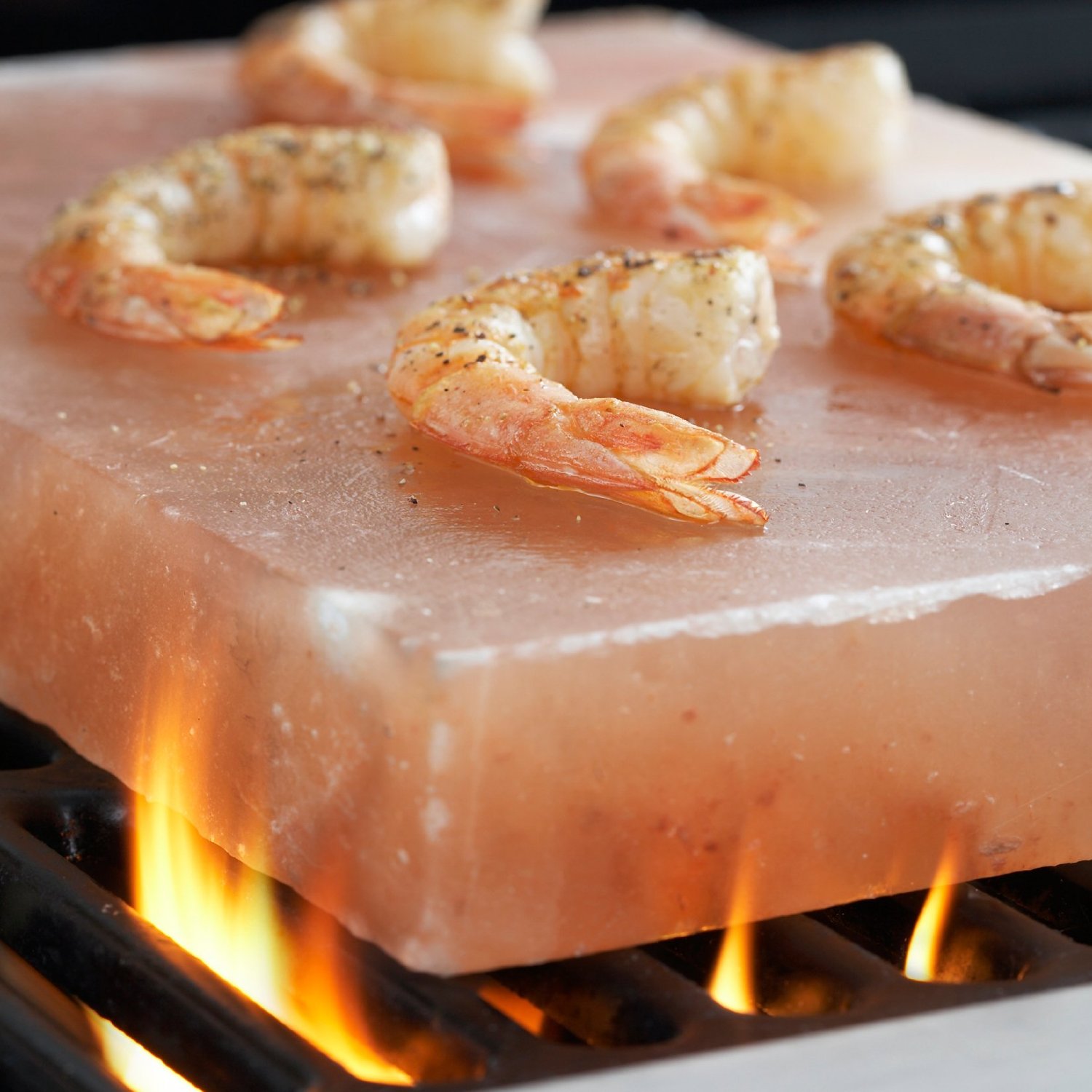
 Rosemary Garlic Shrimp on a Salt Block
Rosemary Garlic Shrimp on a Salt Block
6 peeled, deveined shrimp with tail on per person
Mixture of minced garlic cloves and olive oil
Fresh Rosemary Sprigs
Salt and pepper
Directions:
This can be done inside using the cooktop or outside on the grill. Generously sprinkle the fresh rosemary leaves onto the salt block. Slowly warm the salt plate on a low heat. When the salt plate is warm to the touch, turn up the flame to high (between 400-500°F).
Evenly coat the shrimp the olive oil/garlic mixture. Cook the shrimp for a maximum of 2 minutes on each side. When they turn a bright orangey-pink they are ready to serve. Season lightly with salt and pepper or lemon juice and serve.
Check out some of the most popular BBQ Recipes
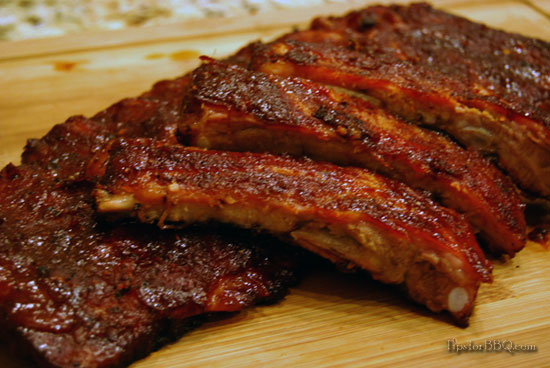
- Game Day Ribs
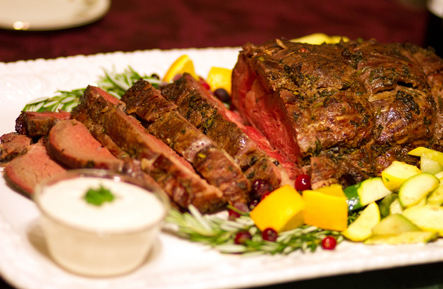
- Prime Rib
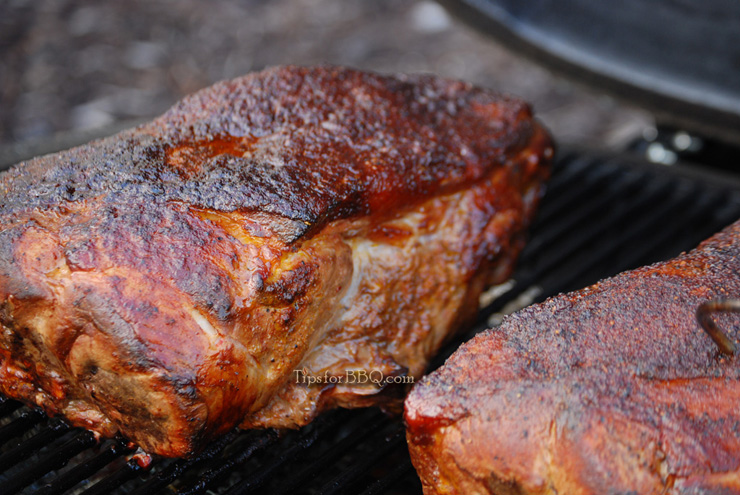
- Pulled Pork
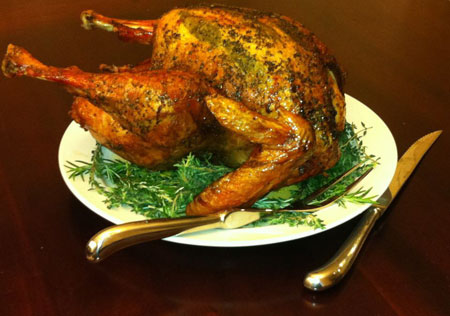
- Smoked Turkey
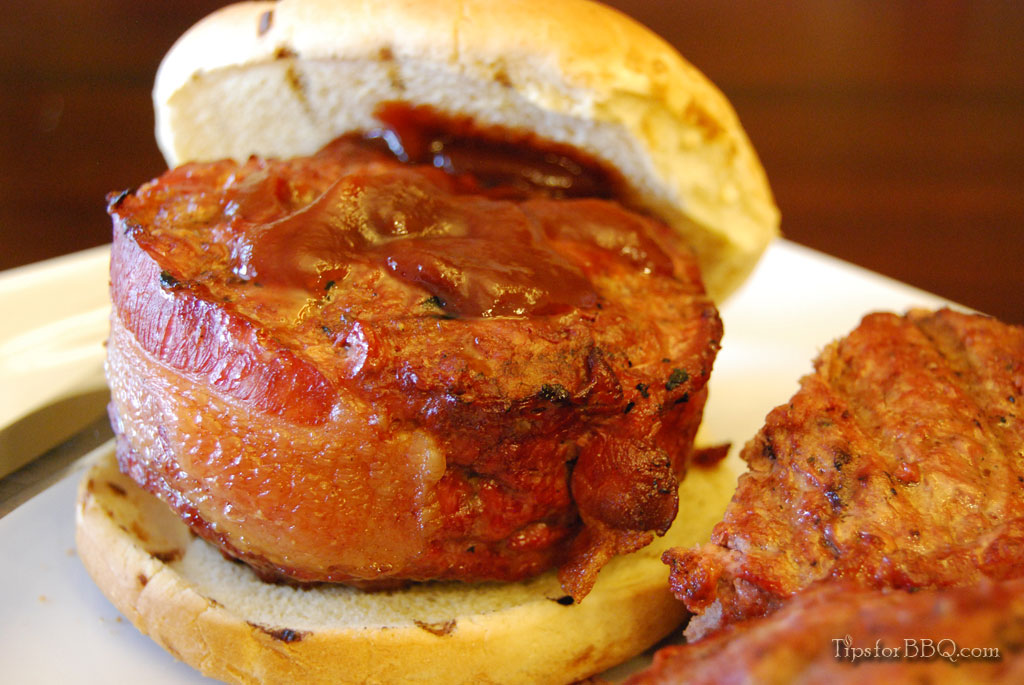
- Stuffed Burger